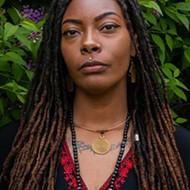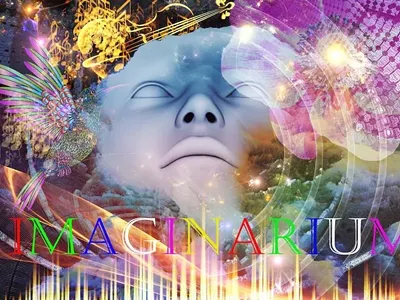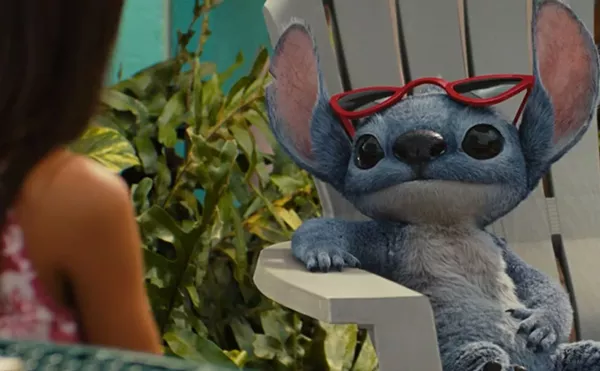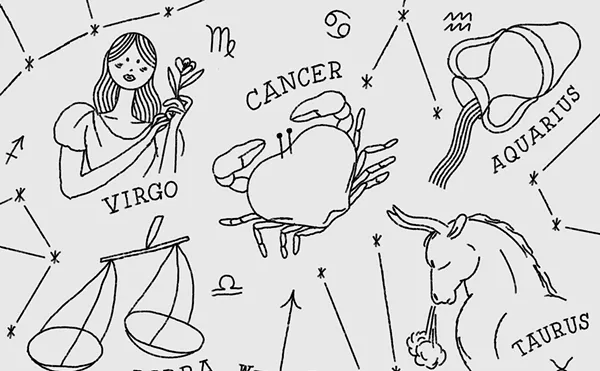Nature remnants become eco offerings in ‘Beyond Topography’ show
Curated by Clinton Snider, the show goes far beyond traditional landscapes
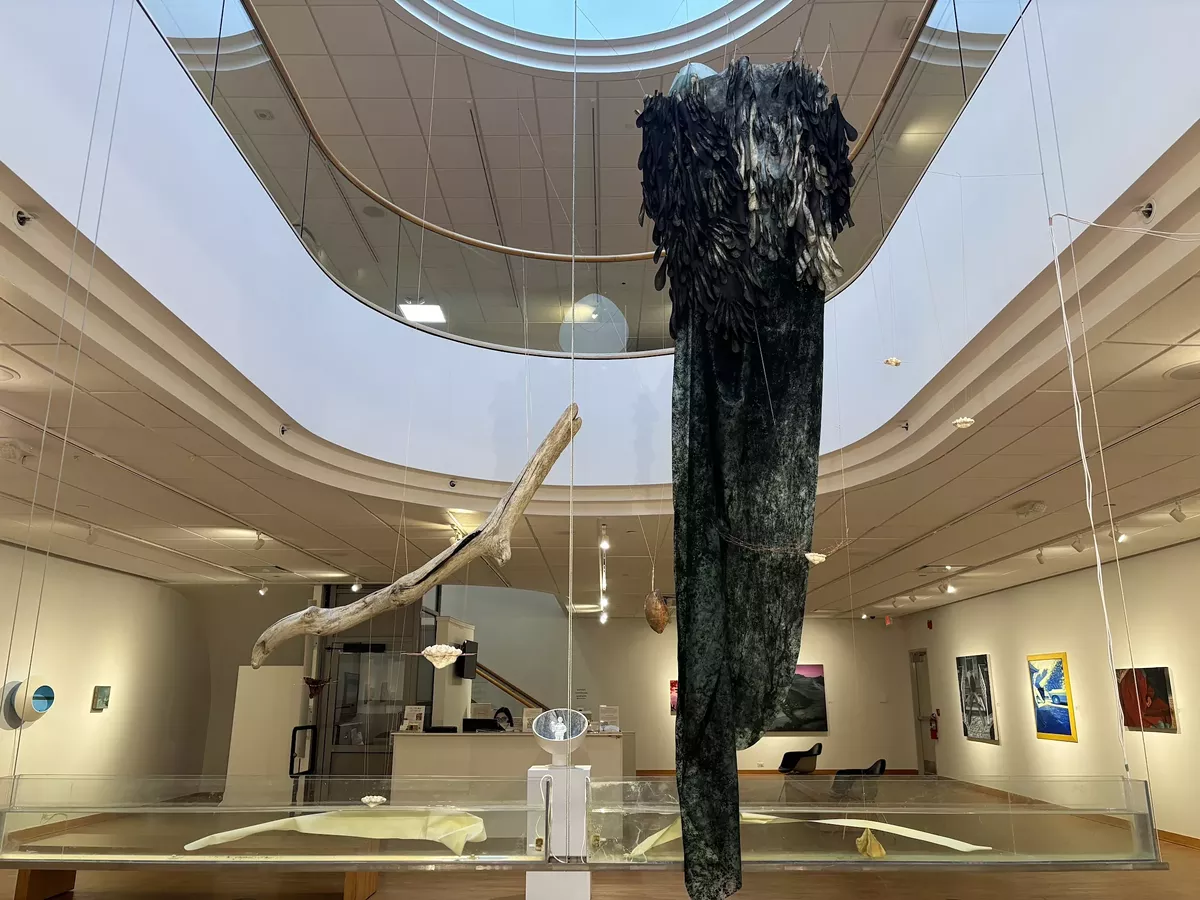

Audio By Carbonatix
[
{
"name": "GPT - Leaderboard - Inline - Content",
"component": "35519556",
"insertPoint": "5th",
"startingPoint": "3",
"requiredCountToDisplay": "3",
"maxInsertions": 100,
"adList": [
{
"adPreset": "LeaderboardInline"
}
]
}
]
A show about landscapes could easily be boring, but Beyond Topography at the Janice Charach Gallery bends and reshapes our perception.
A mass of latex and fabric that seems to drip from above suspended mid-air alongside driftwood and dried plants draws me into the space. But a collection of animal skulls, feathers, and bones laid delicately on the floor stops me in my tracks. Each remnant of nature sits on a nest of braided seagrass and moss lying delicately atop small pillows as if taking a nap.
Beyond Topography is a group show curated by Clinton Snider of works about how human beings interact with, interpret, and reimagine landscapes beyond the physical.
In addition to Snider’s work, it features paintings, installations, and sculptures by 23 artists including Taurus Burns, Mitch Cope, Joel Dugan, Bakpak Durden, Denise Fanning, Adrian Hatfield, Scott Hocking, Andy Krieger, Michael McGillis, Lucille and Jim Nawara, Rebecca Reeder, Tylonn Sawyer, Graem Whyte, Anthony Maughan, Milee Tibbs, Alison Wong, alexandra virginia martin, Mel Rosas, John Charnota, Faina Lerman, and Ivan Montoya.
Denise Fanning is responsible for the sleeping bone collection installation “A Soft Place to Land (Rest in Peace).” On the gallery’s second floor, a second installation “The Good Mother Cloak” cascades down the wall like a waterfall of cords and twigs embedded with birds’ nests.
“‘The Good Mother Cloak’ was conceived when I disassembled my deteriorating laundry baskets— breaking them down to salvage their raw material, and within it, the embedded memory of years of repetitive domestic obligation and care,” she writes about the piece she weaved together with plant material and deconstructed baskets.
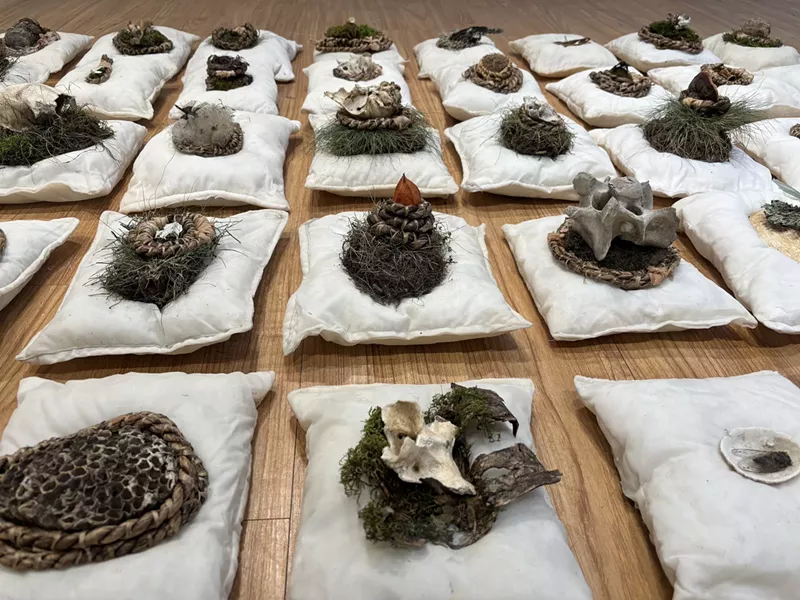
She continues, “As my garden merged with the deconstructed laundry baskets to become ‘The Good Mother Cloak,’ I was thinking about the complicated and varying expectations surrounding what it means to be a ‘good’ mother or what it means to just be a ‘good’ human and what it might look like to move through the world offering visible care and safety.”
Tanks of water underneath alexandra virginia martin’s latex piece make the room feel eerily alive in the installation she calls “Pregnant Sigh.”
While the installations are the standouts, there are plenty of intriguing paintings and photography in the show as well.
Snider’s paintings of barren yards populated with withered trees, graffiti, and shopping containers give an icy feel of urban desolation. Meanwhile, Milee Tibbs’ work like “Hexahedron/ Mont Blacn de Chelion: Crux” superimposes sacred geometry over mountain tundras suggesting the holy nature of these natural wonders and their mathematic building blocks.
“Many of my works are based on observations of the ever-shifting condition of the American landscape,” Snider said in a statement about the show. “Working with and against the historical legacy of landscape painting, these images reflect our uneasy relationship with nature and consider the effects of social and environmental transformation on the earth and the psyche.”
He adds, “Many of these vistas are unpopulated, giving one the sensation of being first on the scene to witness a subtle drama about the unfold or, perhaps, the last to arrive just after something has occurred. While these artworks blur the threshold of past and future, reality and imagination, and human and sorrow, they strive to reveal the significance of a moment or something of portent just out of reach and invite the viewer to consider the interconnectedness of humans and the natural environment.”
Much of the show, especially Fanning and martin’s installations, feels like offerings to the earth as an appreciation for what she provides. They are also a mirror that shows us how human beings are reflected in nature in both life and decay.
Beyond Topography is on view through Feb. 21.
Subscribe to Metro Times newsletters.
Follow us: Google News | NewsBreak | Reddit | Instagram | Facebook | Twitter

